
AllQuestion and Answers: Page 1383
Question Number 74720 Answers: 2 Comments: 5

Question Number 74716 Answers: 1 Comments: 0

Question Number 74713 Answers: 1 Comments: 1

Question Number 74712 Answers: 0 Comments: 2

Question Number 74711 Answers: 0 Comments: 0

Question Number 74944 Answers: 0 Comments: 0
Question Number 74726 Answers: 1 Comments: 3
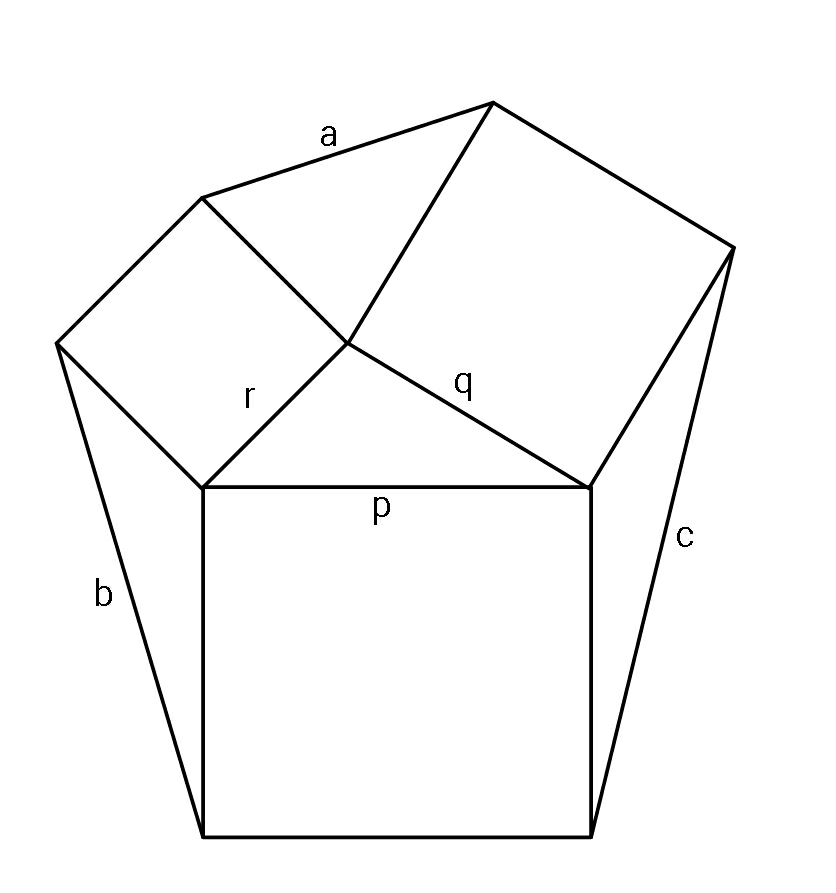
Question Number 74703 Answers: 1 Comments: 0
Question Number 74698 Answers: 2 Comments: 1
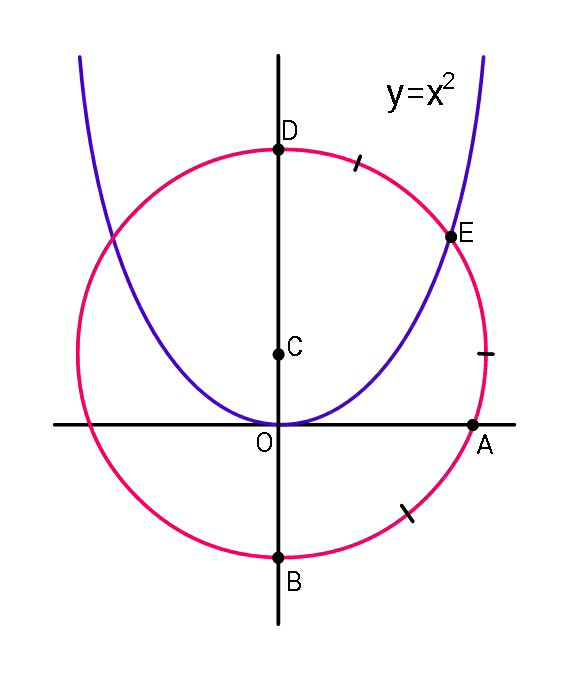
Question Number 74778 Answers: 0 Comments: 0
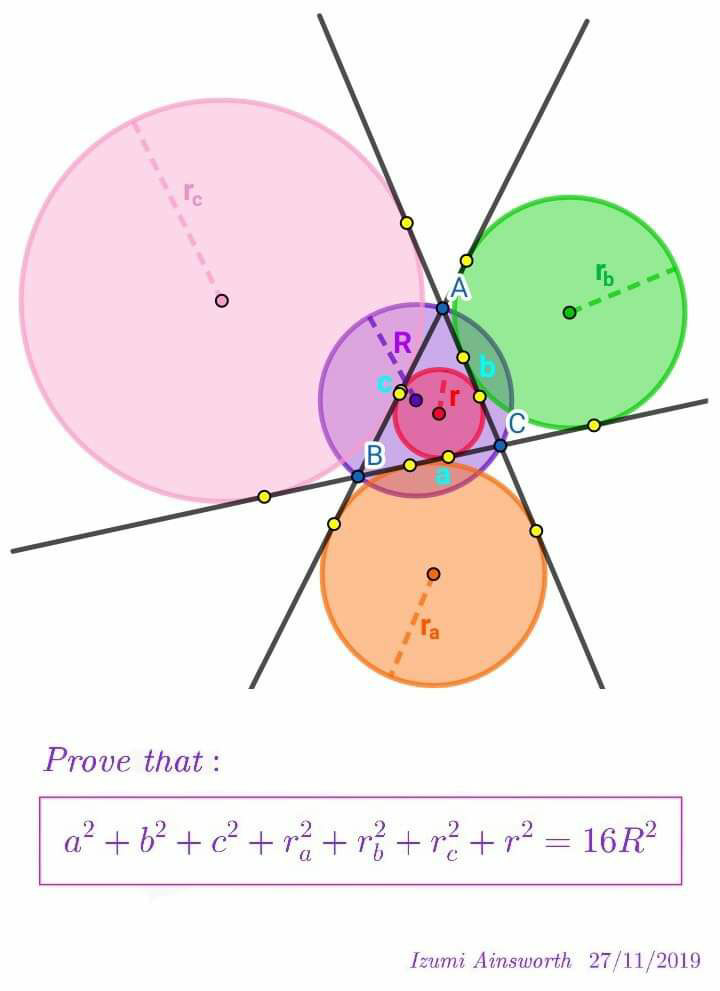
Question Number 74688 Answers: 0 Comments: 0
Question Number 74675 Answers: 0 Comments: 0

Question Number 74697 Answers: 1 Comments: 0
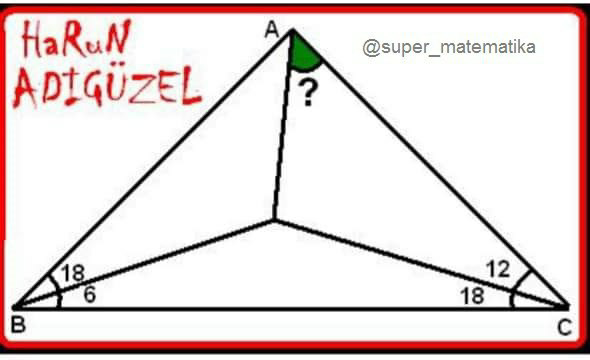
Question Number 74655 Answers: 1 Comments: 1
Question Number 74663 Answers: 1 Comments: 0
Question Number 74649 Answers: 2 Comments: 1

Question Number 74647 Answers: 0 Comments: 2
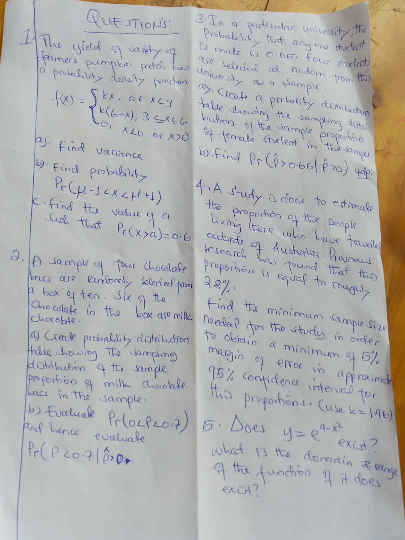
Question Number 74639 Answers: 0 Comments: 4
Question Number 74634 Answers: 0 Comments: 6

Question Number 74632 Answers: 0 Comments: 1
Question Number 74623 Answers: 1 Comments: 1

Question Number 74622 Answers: 0 Comments: 4
Question Number 74621 Answers: 1 Comments: 1

Question Number 74620 Answers: 1 Comments: 0

Question Number 74594 Answers: 1 Comments: 1

Question Number 74591 Answers: 0 Comments: 0

Pg 1378 Pg 1379 Pg 1380 Pg 1381 Pg 1382 Pg 1383 Pg 1384 Pg 1385 Pg 1386 Pg 1387
